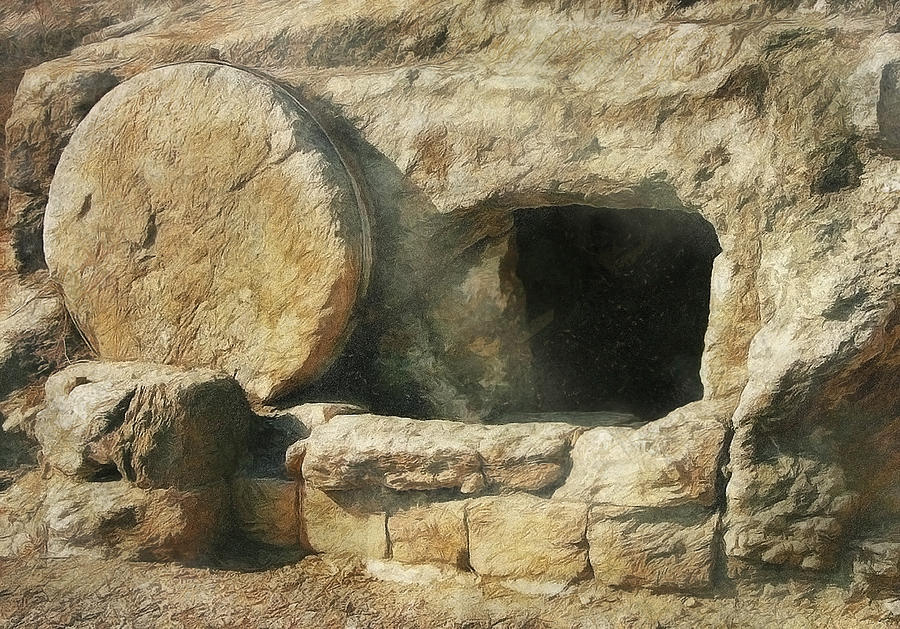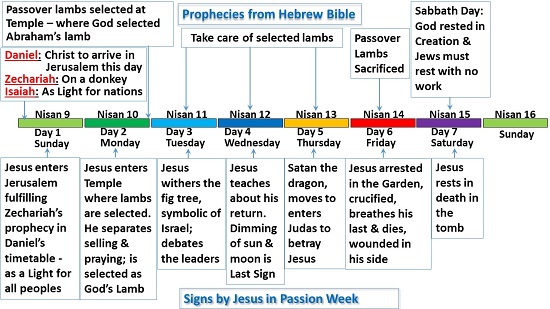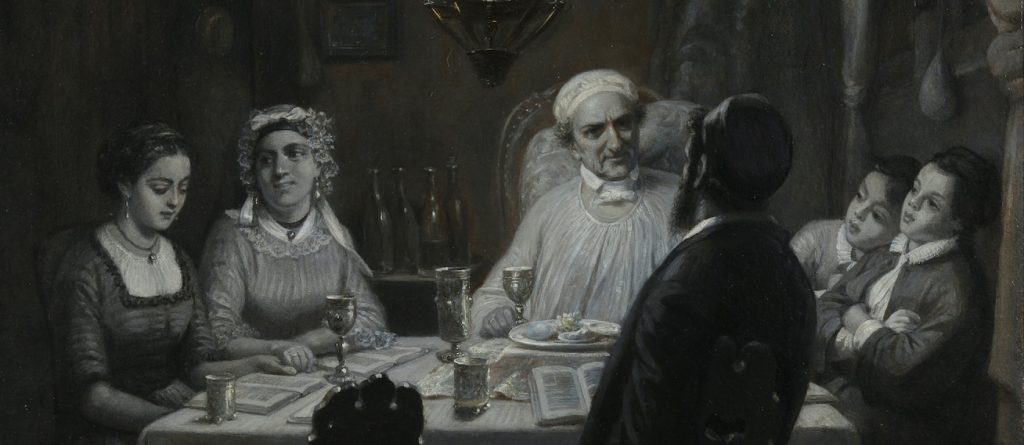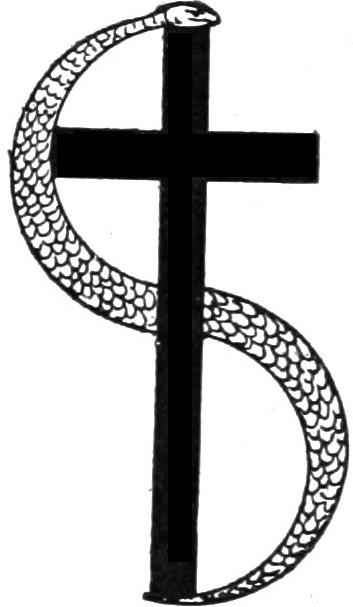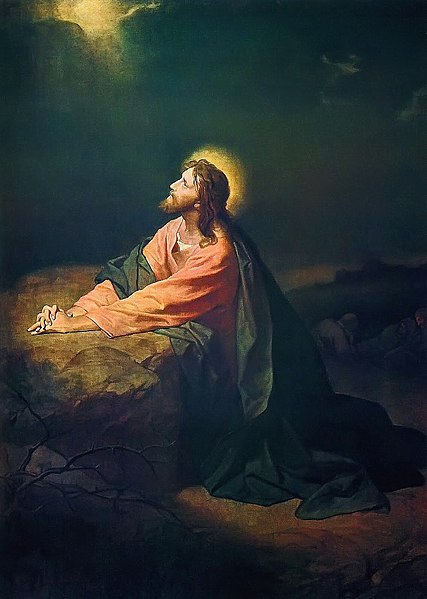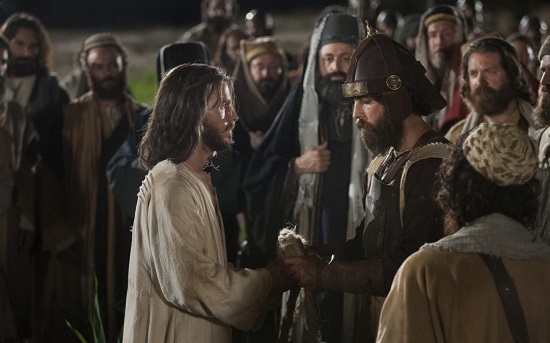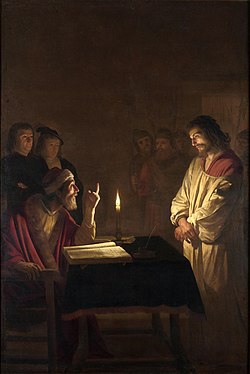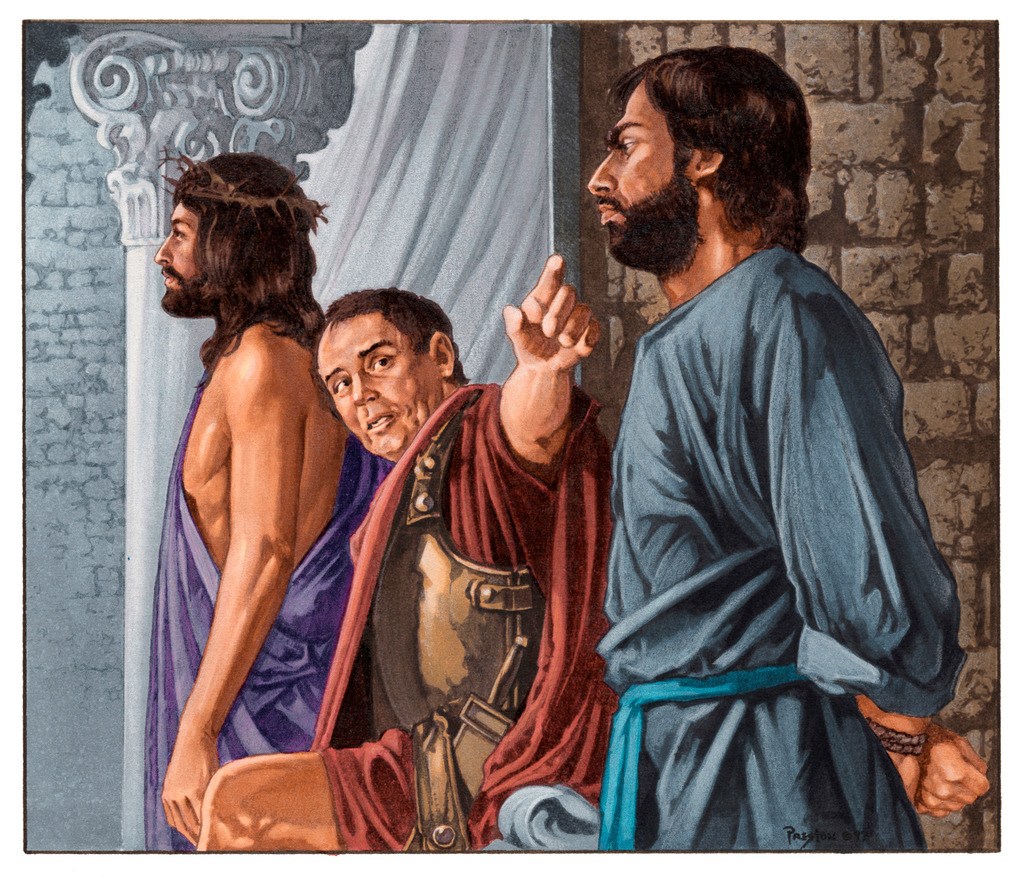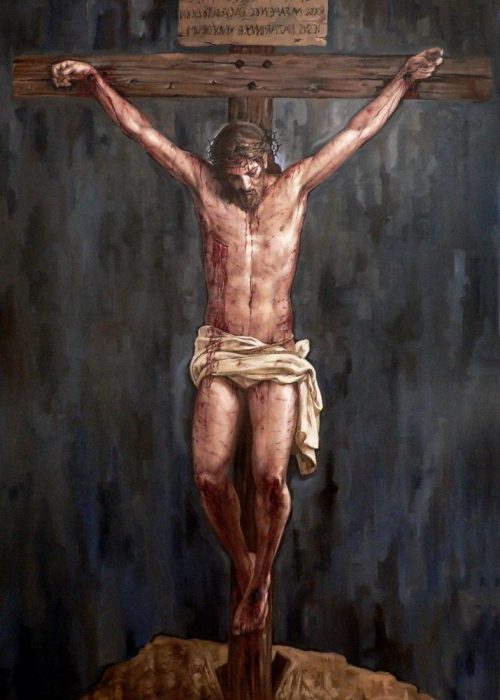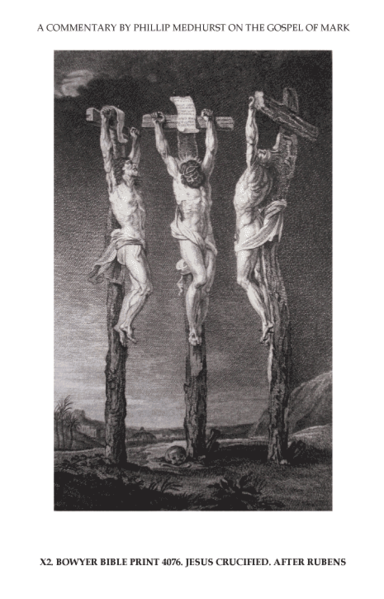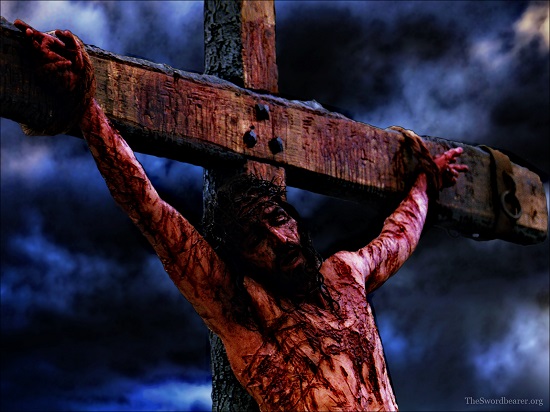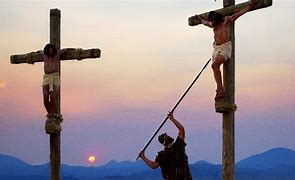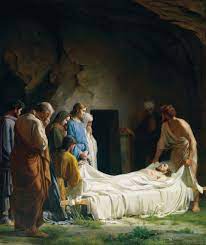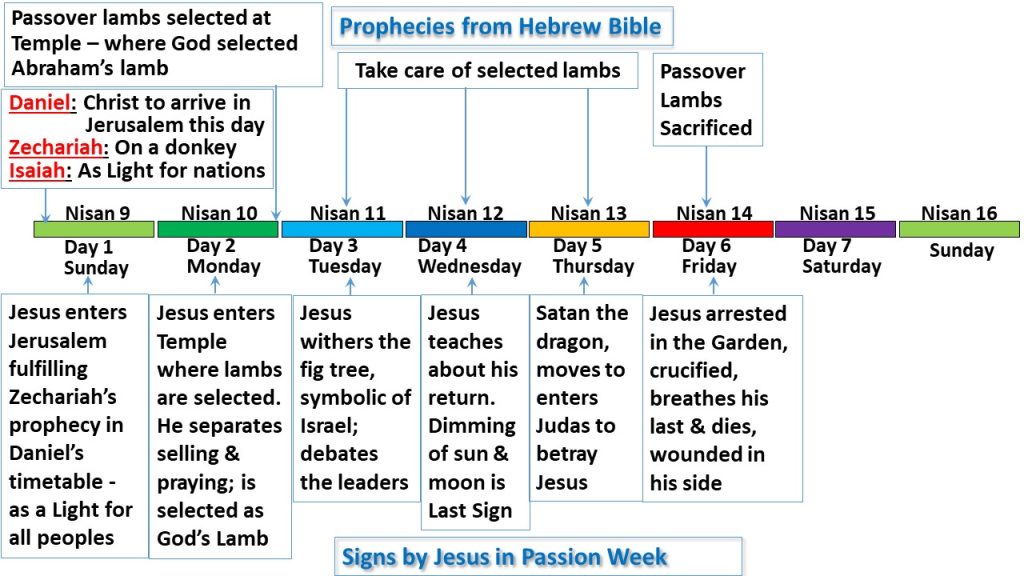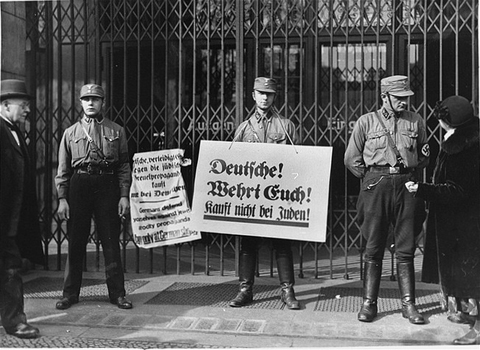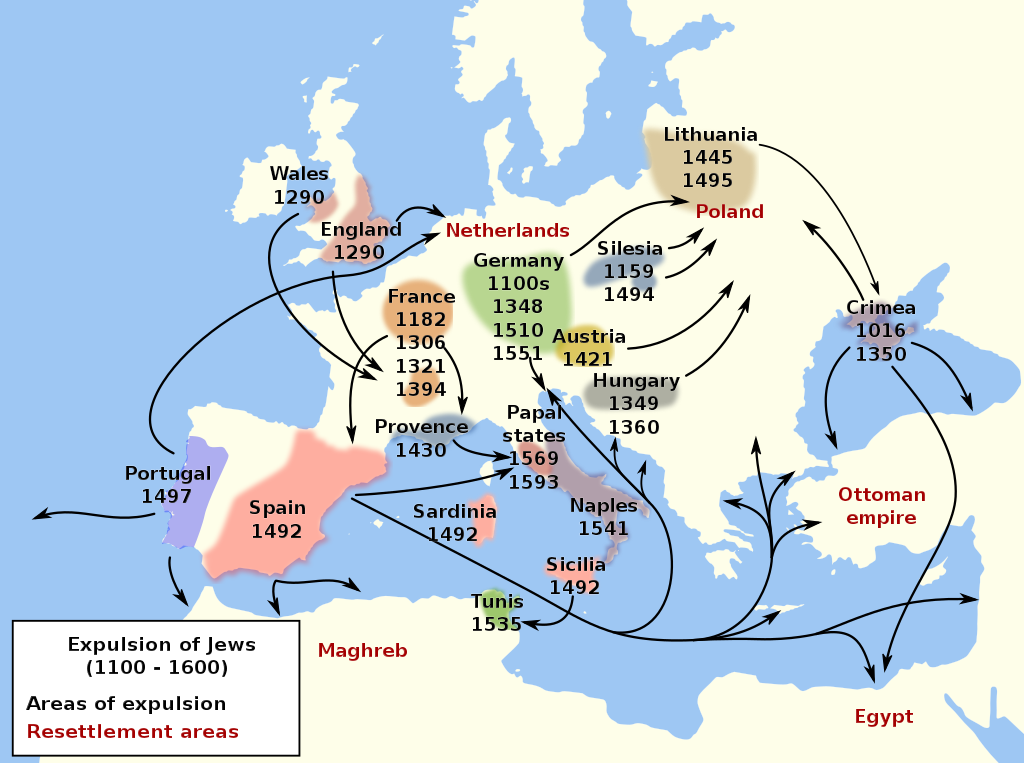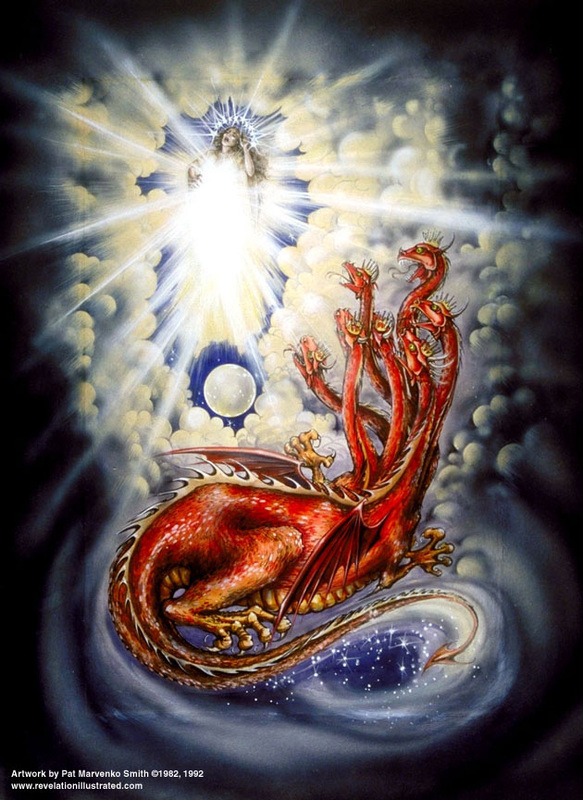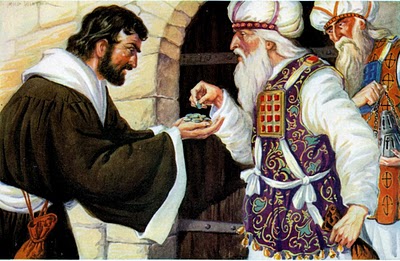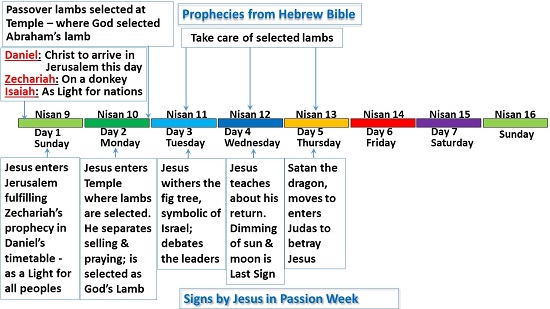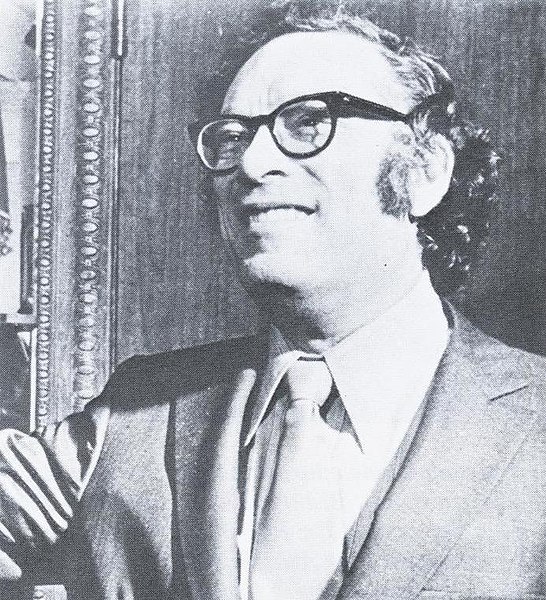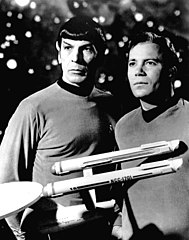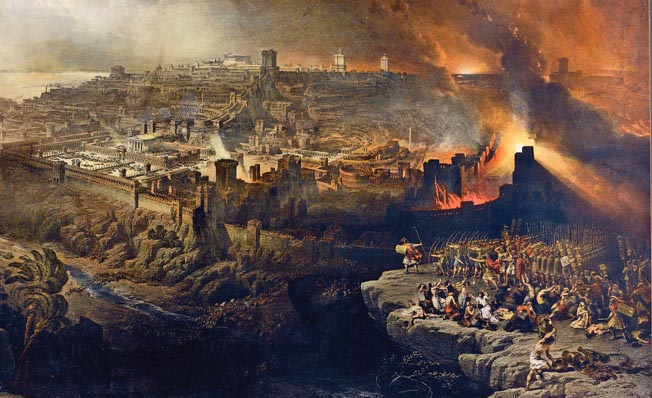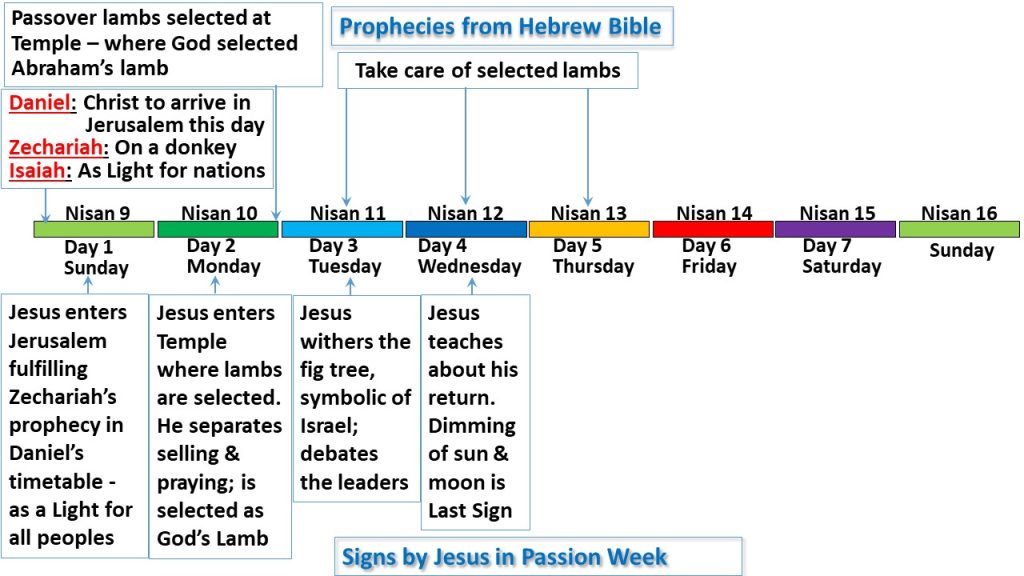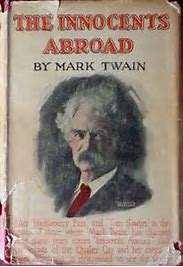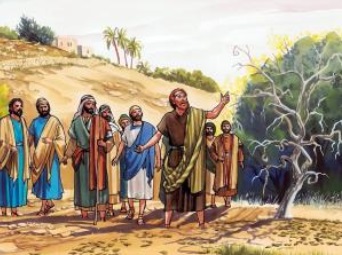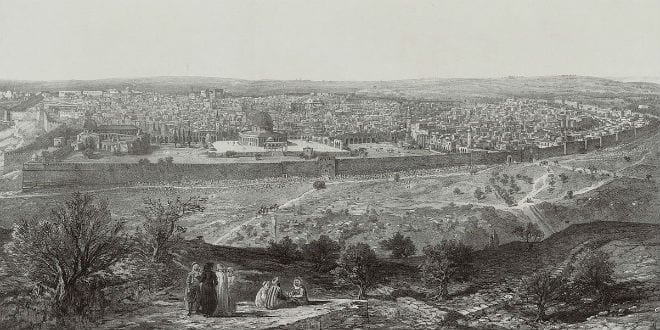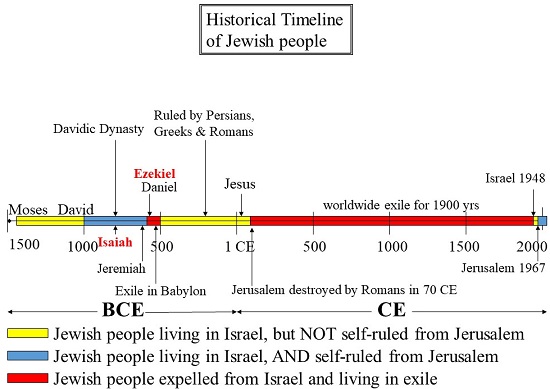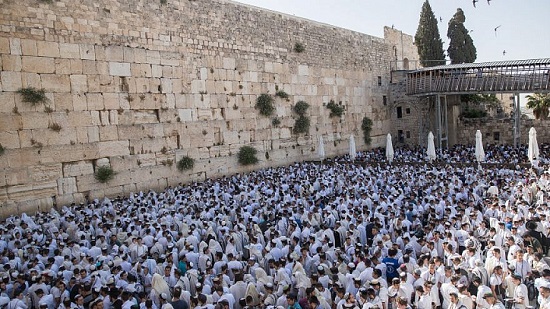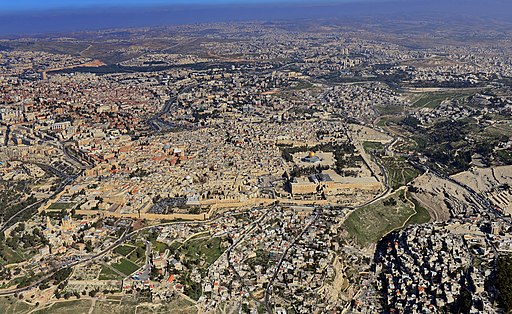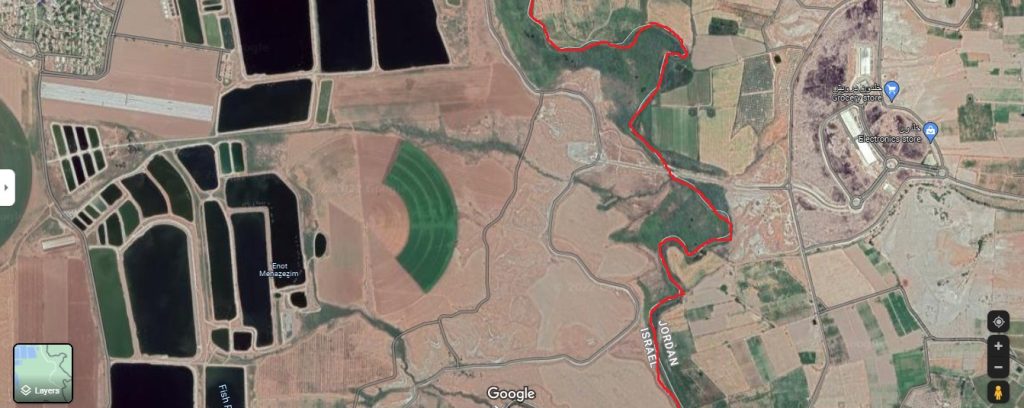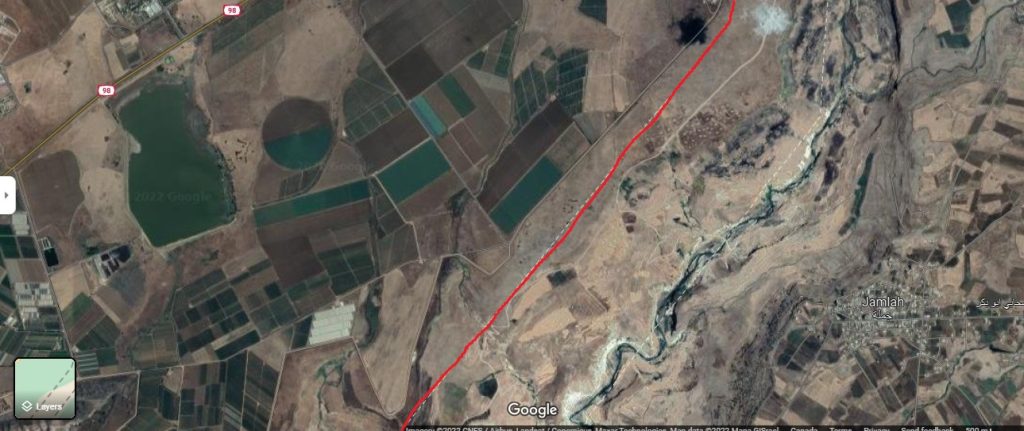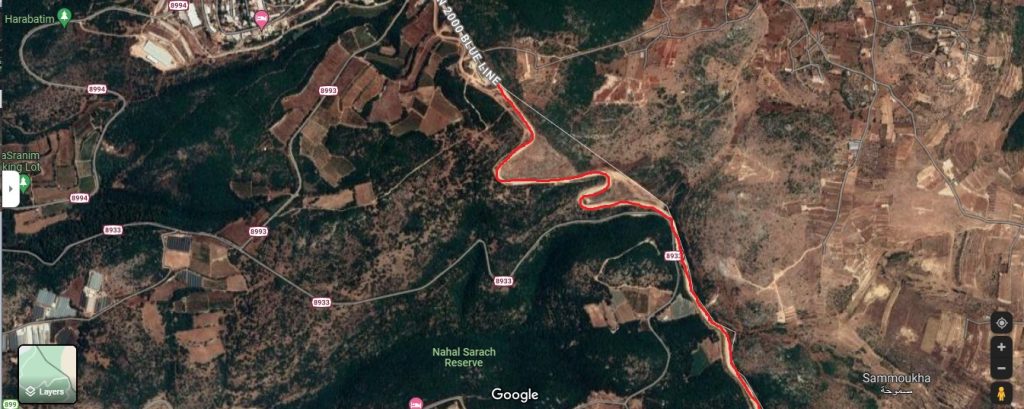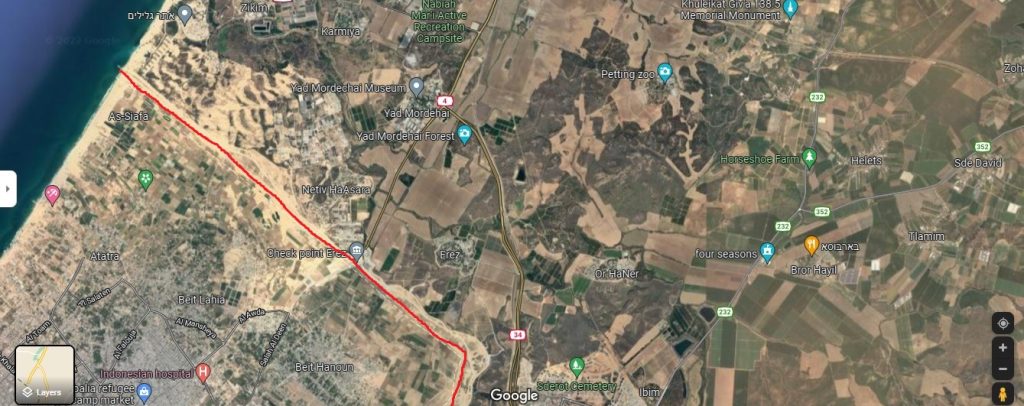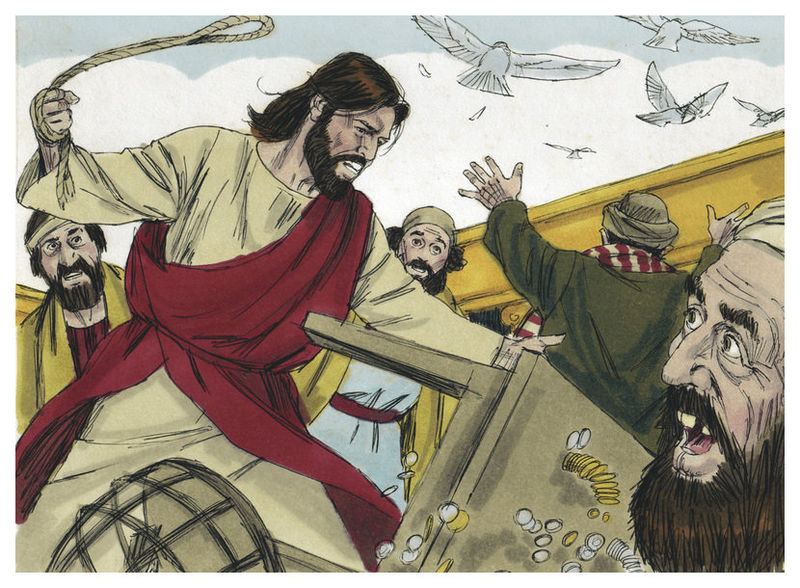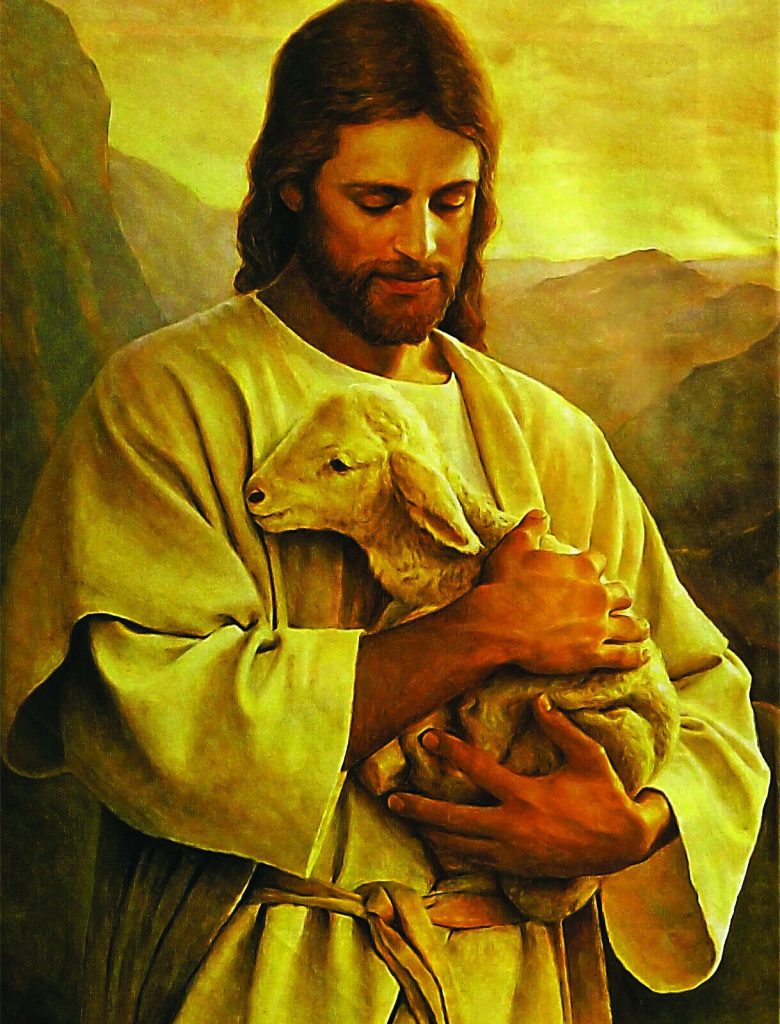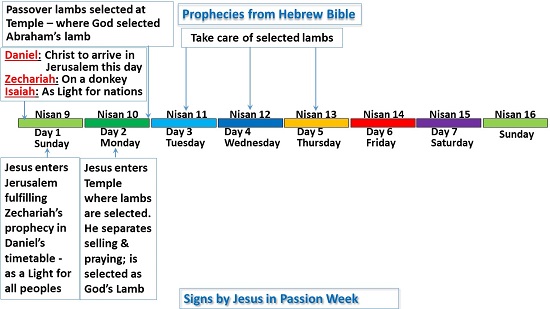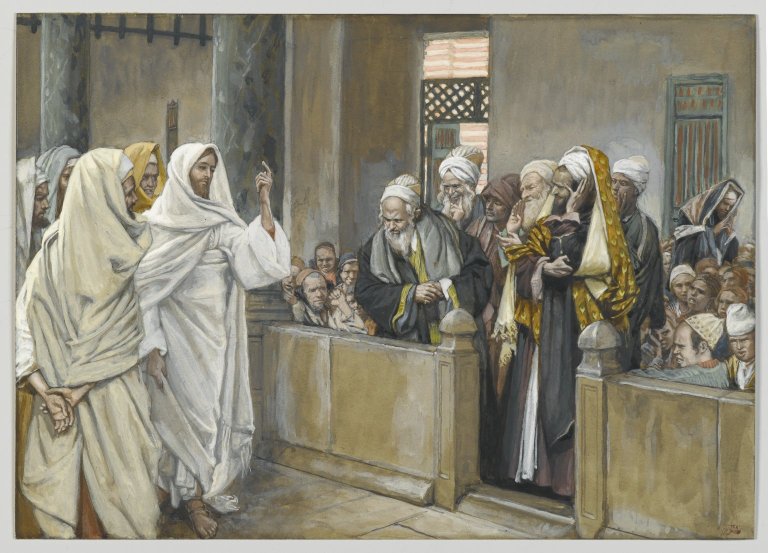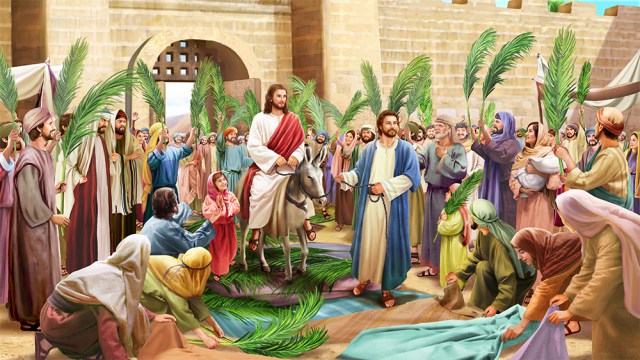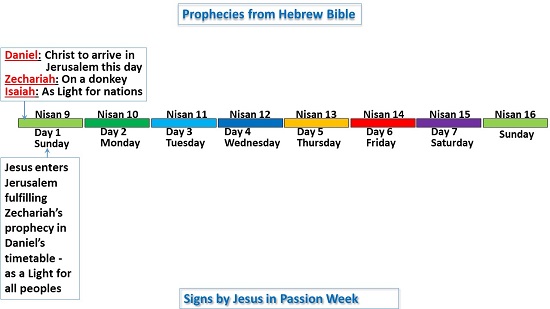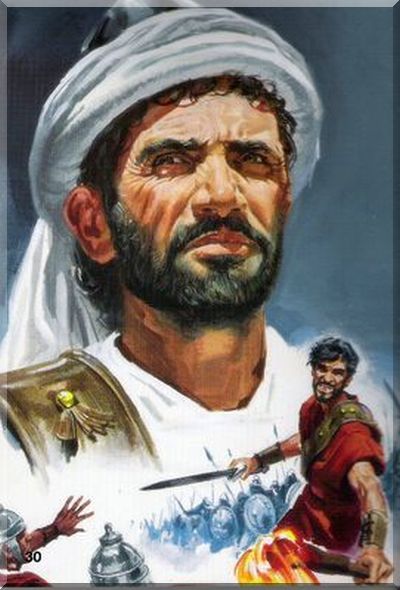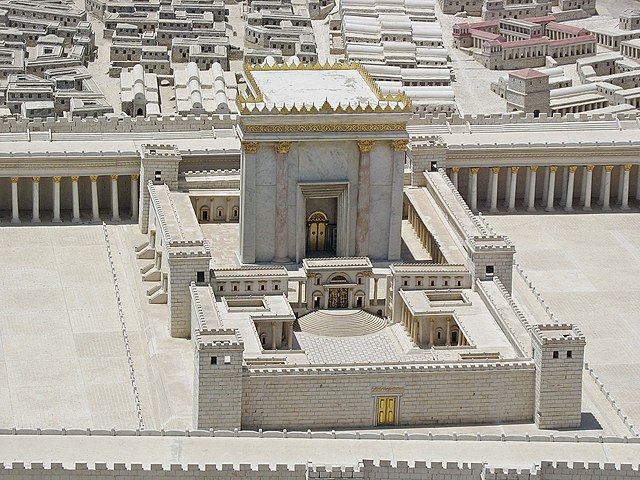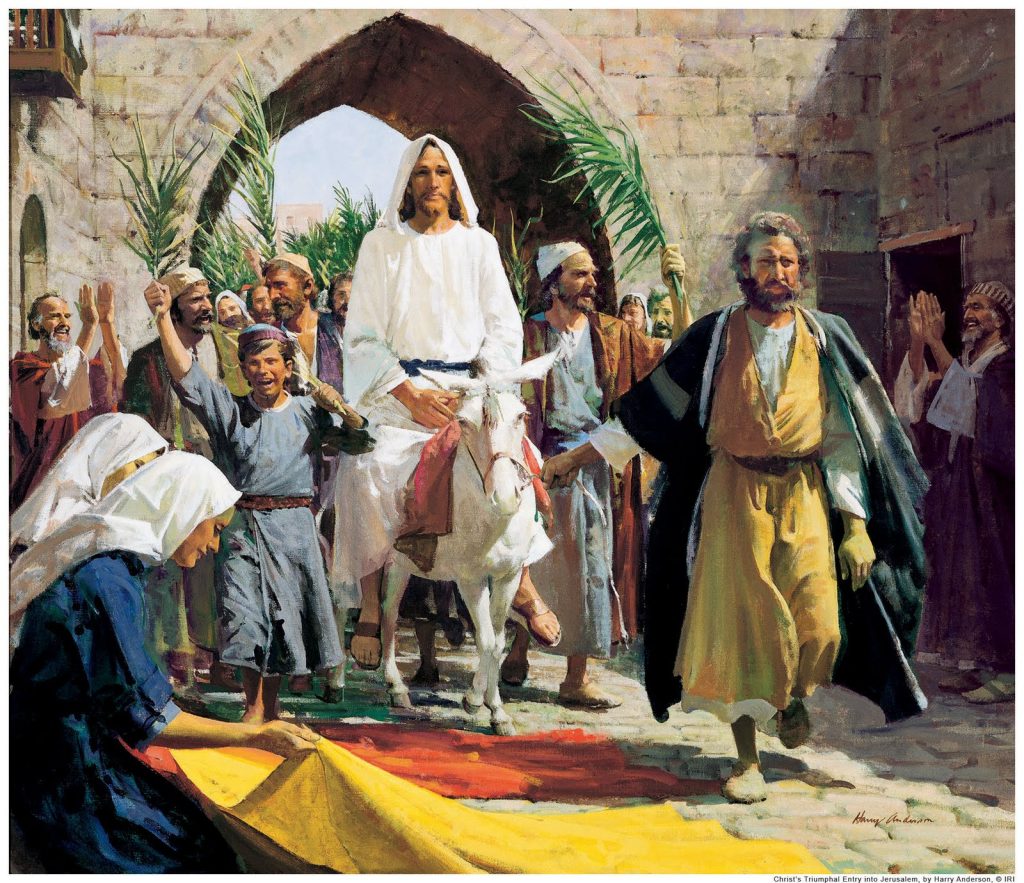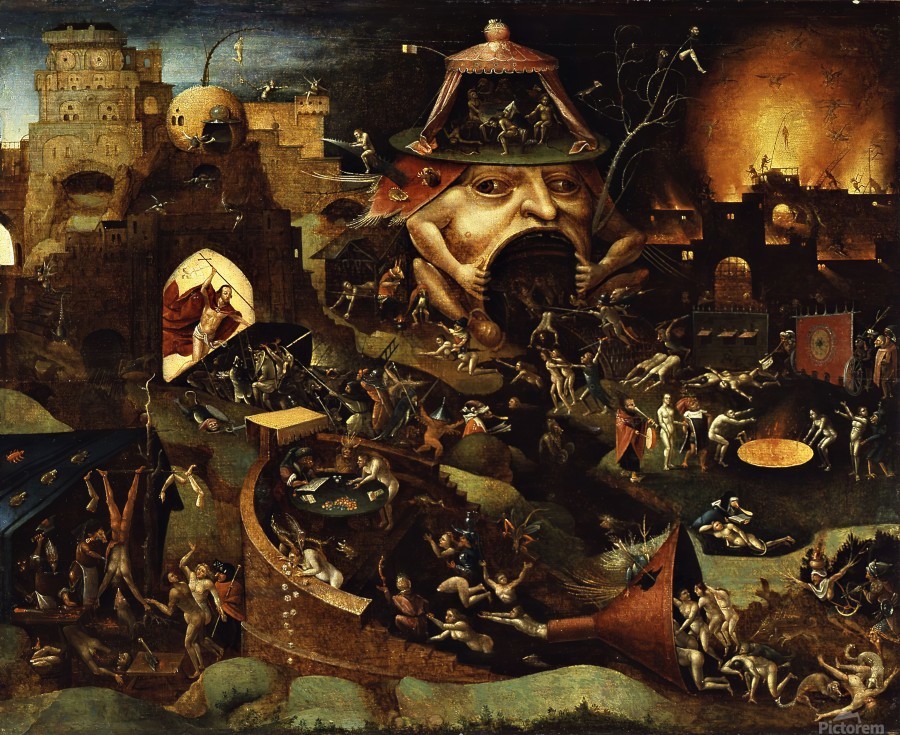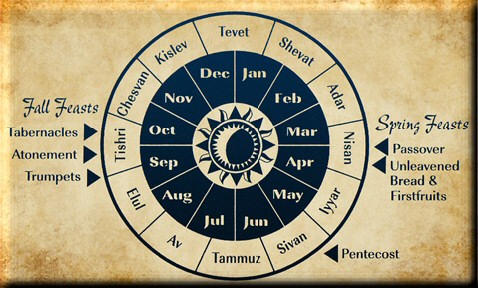The Jewish festival of First Fruits, is not as well-known as Passover. But First Fruits was also instituted by Moses under the command of God. Leviticus 23 describes the seven festivals prescribed through Moses. We have already looked at Passover and Sabbath and have seen how Jesus fulfills them in remarkable ways.
Isn’t it curious that both the crucifixion and death of Jesus happened exactly on these two festivals prescribed 1500 years beforehand?

Why? What does it mean?
The next festival after Passover and Sabbath prescribed by Moses 3500 years ago was ‘First Fruits’. Moses gave these instructions for it.
Hebrew First Fruits Festival
9 The Lord said to Moses, 10 “Speak to the Israelites and say to them: ‘When you enter the land I am going to give you and you reap its harvest,bring to the priest a sheaf of the first grain you harvest. 11 He is to wave the sheaf before the Lord so it will be accepted on your behalf; the priest is to wave it on the day after the Sabbath.
Leviticus 23:9-11

14 You must not eat any bread, or roasted or new grain, until the very day you bring this offering to your God. This is to be a lasting ordinance for the generations to come, wherever you live.
Leviticus 23:14
‘The day after the Sabbath’ of Passover was this third sacred festival, First Fruits. Every year on this day the High Priest entered the Holy Temple and offered the first spring grain harvest. It signified the start of new life after winter. It looked towards a plentiful harvest, enabling people to eat with satisfaction and live.
This was exactly the day after the Sabbath when Jesus rested in death. It was the Sunday of the next week, Nisan 16. The Gospel records what happened on this day. The day when the High Priest went into the Temple offering ‘First Fruits’ of new life. See how First Fruits, now known as Easter Sunday, offers new life to you and me as this ancient Festival prophesied.
Jesus Risen from the Dead
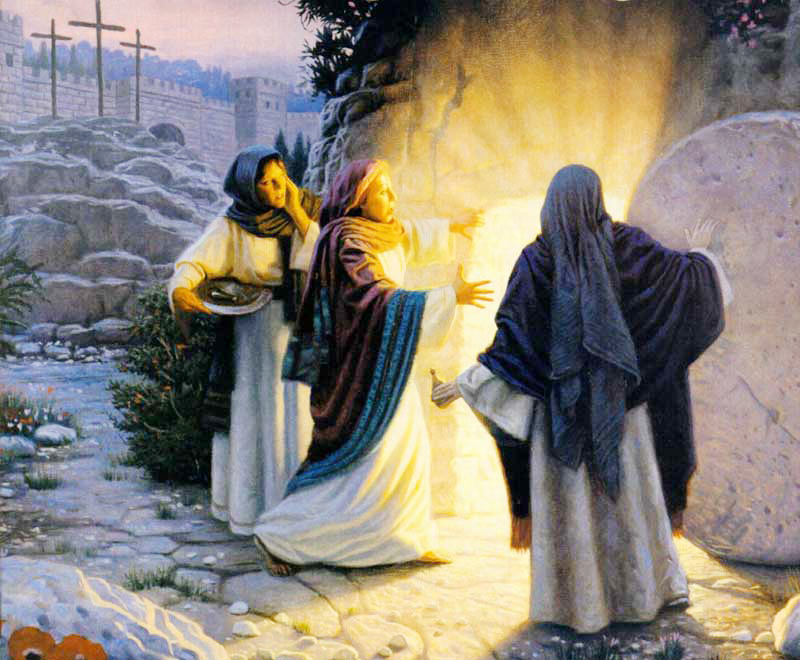
On the first day of the week, very early in the morning, the women took the spices they had prepared and went to the tomb. 2 They found the stone rolled away from the tomb, 3 but when they entered, they did not find the body of the Lord Jesus. 4 While they were wondering about this, suddenly two men in clothes that gleamed like lightning stood beside them. 5 In their fright the women bowed down with their faces to the ground, but the men said to them, “Why do you look for the living among the dead? 6 He is not here; he has risen! Remember how he told you, while he was still with you in Galilee: 7 ‘The Son of Man must be delivered over to the hands of sinners, be crucified and on the third day be raised again.’ ” 8 Then they remembered his words.
9 When they came back from the tomb, they told all these things to the Eleven and to all the others. 10 It was Mary Magdalene, Joanna, Mary the mother of James, and the others with them who told this to the apostles.11 But they did not believe the women, because their words seemed to them like nonsense. 12 Peter, however, got up and ran to the tomb. Bending over, he saw the strips of linen lying by themselves, and he went away, wondering to himself what had happened.
Luke 24: 1-12
On the Road to Emmaus
13 Now that same day two of them were going to a village called Emmaus, about seven miles from Jerusalem. 14 They were talking with each other about everything that had happened. 15 As they talked and discussed these things with each other, Jesus himself came up and walked along with them;16 but they were kept from recognizing him.
17 He asked them, “What are you discussing together as you walk along?”
They stood still, their faces downcast. 18 One of them, named Cleopas, asked him, “Are you the only one visiting Jerusalem who does not know the things that have happened there in these days?”
19 “What things?” he asked.
“About Jesus of Nazareth,” they replied. “He was a prophet, powerful in word and deed before God and all the people. 20 The chief priests and our rulers handed him over to be sentenced to death, and they crucified him;21 but we had hoped that he was the one who was going to redeem Israel.And what is more, it is the third day since all this took place. 22 In addition, some of our women amazed us. They went to the tomb early this morning23 but didn’t find his body. They came and told us that they had seen a vision of angels, who said he was alive. 24 Then some of our companions went to the tomb and found it just as the women had said, but they did not see Jesus.”
25 He said to them, “How foolish you are, and how slow to believe all that the prophets have spoken! 26 Did not the Messiah have to suffer these things and then enter his glory?” 27 And beginning with Moses and all the Prophets,he explained to them what was said in all the Scriptures concerning himself.
28 As they approached the village to which they were going, Jesus continued on as if he were going farther. 29 But they urged him strongly, “Stay with us, for it is nearly evening; the day is almost over.” So he went in to stay with them.
30 When he was at the table with them, he took bread, gave thanks, broke itand began to give it to them. 31 Then their eyes were opened and they recognized him, and he disappeared from their sight. 32 They asked each other, “Were not our hearts burning within us while he talked with us on the road and opened the Scriptures to us?”
33 They got up and returned at once to Jerusalem. There they found the Eleven and those with them, assembled together 34 and saying, “It is true! The Lord has risen and has appeared to Simon.” 35 Then the two told what had happened on the way, and how Jesus was recognized by them when he broke the bread.
Luke 24: 13-35
Jesus Appears to the Disciples
36 While they were still talking about this, Jesus himself stood among them and said to them, “Peace be with you.”
37 They were startled and frightened, thinking they saw a ghost. 38 He said to them, “Why are you troubled, and why do doubts rise in your minds?39 Look at my hands and my feet. It is I myself! Touch me and see; a ghost does not have flesh and bones, as you see I have.”
40 When he had said this, he showed them his hands and feet. 41 And while they still did not believe it because of joy and amazement, he asked them, “Do you have anything here to eat?” 42 They gave him a piece of broiled fish,43 and he took it and ate it in their presence.
44 He said to them, “This is what I told you while I was still with you:Everything must be fulfilled that is written about me in the Law of Moses, the Prophets and the Psalms.”
45 Then he opened their minds so they could understand the Scriptures.46 He told them, “This is what is written: The Messiah will suffer and rise from the dead on the third day, 47 and repentance for the forgiveness of sins will be preached in his name to all nations, beginning at Jerusalem. 48 You are witnesses of these things.
Luke 24: 36-48

First Fruits Victory of Jesus
In rising from the dead, Jesus gained victory over death, exactly on the ‘First Fruits’ Festival. This was a feat that both his enemies and his disciples thought impossible. His victory on this day was a triumph of good.
54 When the perishable has been clothed with the imperishable, and the mortal with immortality, then the saying that is written will come true: “Death has been swallowed up in victory.”
55 “Where, O death, is your victory?
Where, O death, is your sting?”56 The sting of death is sin, and the power of sin is the law.
1 Corinthians 15:54-56
‘First Fruits’ brought about the greatest role reversal. Previously death had absolute power over mankind. But now Jesus has won power over death. He reversed that power. Jesus, by dying without sin, found the opening to defeat a seemingly invincible death. This was exactly as he had declared he would do when he entered Jerusalem the previous Sunday.
Victory for you and me
But this was not just a victory for Jesus. It is also a victory for you and me, guaranteed by its timing with First Fruits. The Bible explains:
20 But Christ has indeed been raised from the dead, the firstfruits of those who have fallen asleep. 21 For since death came through a man, the resurrection of the dead comes also through a man. 22 For as in Adam all die, so in Christ all will be made alive. 23 But each in turn: Christ, the firstfruits; then, when he comes, those who belong to him. 24 Then the end will come, when he hands over the kingdom to God the Father after he has destroyed all dominion, authority and power. 25 For he must reign until he has put all his enemies under his feet. 26 The last enemy to be destroyed is death.
1 Corinthians 15:20-26
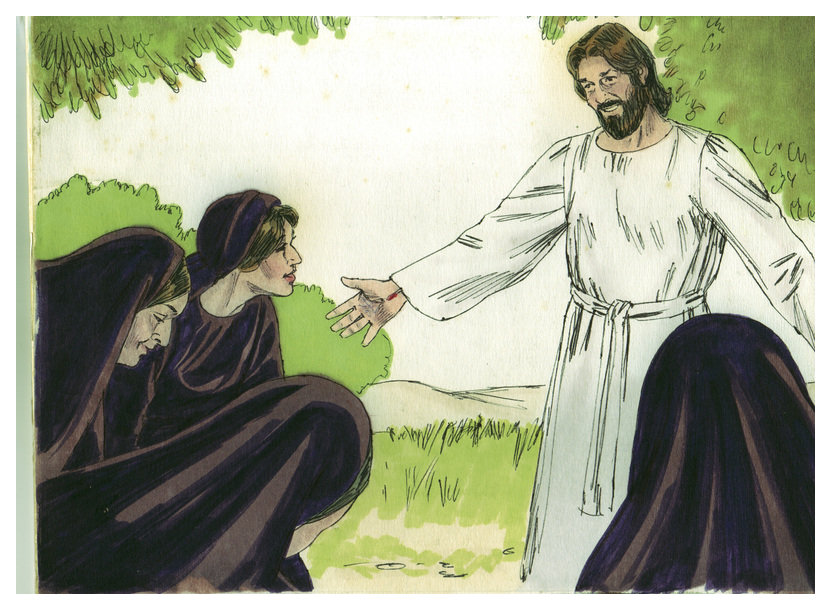
Distant Shores Media/Sweet Publishing, CC BY-SA 3.0, via Wikimedia Commons
Jesus resurrected on First Fruits so we can know that he invites us to share in his resurrection from death. First Fruits was an offering of new spring life with the expectation of a great harvest later. Likewise, Jesus’ rising on ‘first fruits’ holds an expectation of a later resurrection for all ‘who belong to him’.
The Next Adam…
That quote above from the Bible explains Jesus’ resurrection using the example of Adam, the progenitor of all mankind. We are all his children. The Bible explains that through Adam death came to all mankind ,since it passed from him to his children.
But Jesus is the next Adam. With his triumph over death he inaugurated a New Age. As his children, we also will share in this triumph over death by resurrecting like Jesus. He resurrected first and our resurrection comes later just as the First Fruits festival pointed to the coming main harvest. He invites us to receive his first fruits of new life so our resurrection can follow his.
Easter: Celebrating that Sunday’s Resurrection
Today, we often call Jesus’ resurrection Easter, and Easter Sunday commemorates the Sunday that he rose. The specific way to celebrate Easter is not that important. What is important is the resurrection of Jesus as the fulfillment of First Fruits, and receiving its benefits.
We see this in the Timeline for the week:
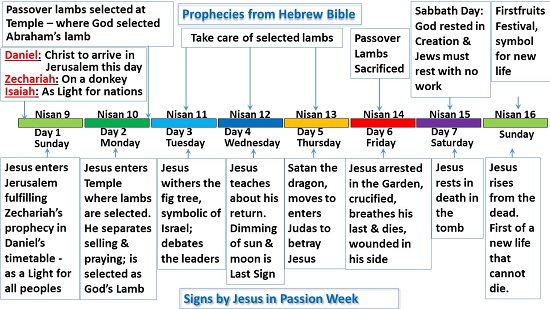
‘Good Friday’ Reflections
This answers our question about why ‘Good Friday’ is ‘good’.
9 But we do see Jesus, who was made lower than the angels for a little while, now crowned with glory and honor because he suffered death, so that by the grace of God he might taste death for everyone.
Hebrews 2:9
When Jesus ‘tasted death’ he did so for you, me and ‘everyone’. Good Friday is ‘good’ because it was good for us.
Resurrection of Jesus considered
Jesus showed himself alive from death over many days to prove his resurrection, recorded here. But his first appearance to his disciples:
…seemed to them like nonsense
Luke 24: 11
Jesus had to:
27 And beginning with Moses and all the Prophets, he explained to them what was said in all the Scriptures concerning himself.
Luke 24:27
And again later:
44 He said to them, “This is what I told you while I was still with you: Everything must be fulfilled that is written about me in the Law of Moses, the Prophets and the Psalms.”
Luke 24:44
Rising from death is so unexpected that his disciples did not believe it at first. Apart from his appearances to them, Jesus had to also show them how the prophets predicted it.
When we are confronted with the claim of Jesus’ resurrection, we, like his disciples, probably find it hard to believe. How can we be confident that Jesus rose from the dead? How can we be sure if this is really God’s plan to give us everlasting life? To help us think through questions related to Jesus’ death and resurrection, we explore:
- How the remarkable career of Jesus pairs with that of the Jewish nation. This then shows a Divine Power at work in history.
- How Jesus’ Passion Week actions are in rhythm with Creation Week events. So this shows a choreography that spans thousands of years – which no human mind can orchestrate.
- A rationale examination of the Resurrection. Is there historical evidence to support it?
- Why did Jesus die on the cross? What does it mean for me and you?
- How our recent world experiences with COVID provide an illustration to understand the meaning of Jesus’ sacrifice.


